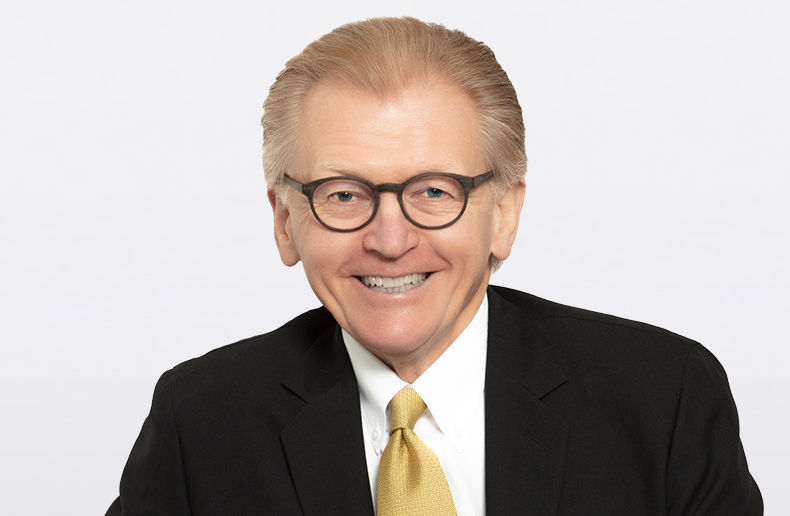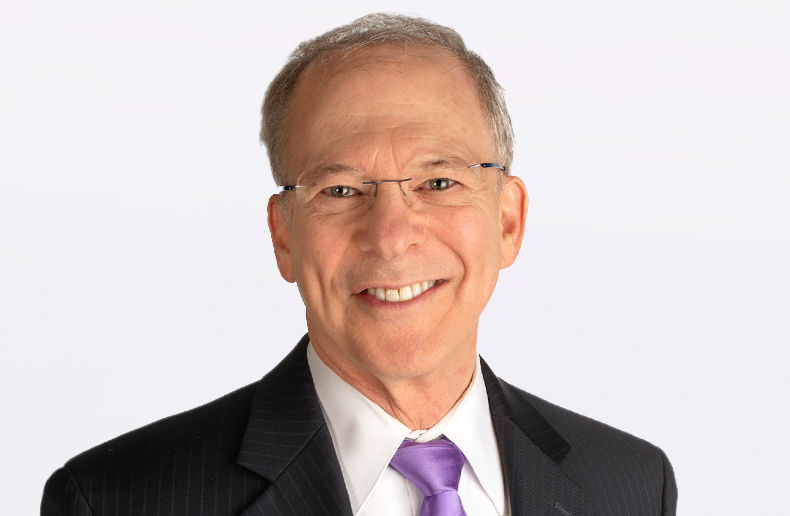In this column from Insurance Journal’s archives, Jim Ruta shares sales ideas from top advisors.
QUESTION: What lessons can we learn from top advisors that has made them so successful, even during the pandemic?
Ironically, these challenging times have been the best time ever to be in this business. Industry icons especially have taken their business to new heights despite and maybe because of the challenges. Here are just a few reasons why:
- Top advisors went into communication overdrive very quickly after the start of the pandemic. No special scripts were required. Just making good telephone contact led to new business and no special transition was required to go from conversation to business.
Checking helped because the pandemic forced people to reconsider their “essential financial security” – those basics that protect them, their families, and their businesses from basic insurable risks. They wanted to plan while protected not plan while exposed to insurable risks; so, they acted more quickly.
- Top advisors excelled during the pandemic because they have a sales process. A process allows you to make a good sale in less time. That’s critical for virtual presentations today and live presentations in the future. A good process also means top advisors can deliver their messages with passion and that adds urgency to the discussion. Especially on Zoom, you had better “perform” with passion or you will put people to sleep.
Performance like this takes practice. Practicing presupposes that you are practicing a process. Start practicing and you’ll improve your presentation every time. Practice makes average, awesome.
- Earning the business before asking for the business paid off for top advisors – like doing policy and portfolio reviews. The 2021 CSC-TV “Tools of the Trade” advisor survey revealed that while 48 percent of clients wanted a policy review, only 7% of advisors did them. Lots of room for progress there. If you want to stand out in your marketplace, earn the business before you ask for the business.
- Use the “Best First Question Ever” – “Mr. Prospect, obviously you had a reason for agreeing to meet with me today, would you mind telling me what it is?” The pandemic made people rethink their financial situations and they have concerns. Address them first, whatever they are, and you let them know that their needs come first.
- Good questions are more necessary than ever in these highly skeptical times. Don’t tell people what they need; they ask them what they want. Icon Tony Gordon says this one idea changed his life. What people want can be so much more than what we think they need. Do not pre-judge what a client will buy or pay to solve their problems and you’ll do more.
Van Mueller says to ask questions because everyone is so skeptical. Being right is no longer sufficient to being believed. Questions that reveal benefits to prospects let prospects own the answer and believe it. Then when the prospect asks you for your help, you have their permission to ask the questions you need to make an on-target recommendation.
Van’s “What do you want” questions get you started:
- What do you want to happen when you are sick or injured and need income?
- What do you want to happen when you suffer a heart attack, stroke, or cancer?
- What do you want to happen when you retire?
- What do you want to happen when you can no longer take care of yourself?
- What do you want to happen when you die?
- When they tell you what they want you know what to present.
6. “The 3 Ways Prudent Investors use Life Insurance” idea sets prospects up to think about what life insurance does and not what it is. It also lets them know all their options for using the product and they often choose two:
- What “Short-term Tax-free Cash at Death” (#1) needs do you want to protect? Mortgage, credit card or LOC debt, business loans, family loans, survivors’ income until a spouse can re-establish or the kids leave home. (With Term Insurance)
- What “Long-term Tax-free Cash at Death” (#2) needs do you want to protect? Final medical expenses, funeral and burial expenses, capital gains taxes on vacation properties or rental properties, income taxes on the second death of a RRSP or RRIF, legacy or philanthropic bequests. (With Term 100 or Non-PAR Life)
- What “Long-term Tax-free Cash for Life” (#3) needs do you want to create? Create the largest unmanaged asset you can own. It only goes up in value, grows tax-free, can be accessed tax-free, can be paid out tax-free; creates a fixed-income, non-correlated reserve to protect against economic downturns and pandemics; and is “double duty dollars” to fund possible long term care needs at home later in life and still provide a legacy.
These ideas are just some of the ways many top advisors have been so successful in the pandemic and will continue to be in the future. Implement these “Ideas from Icons” into your business and you can join them at the top.
This column by renowned advisor coach Jim Ruta was first published in the October 2021 edition of Insurance Journal magazine.
For more information on the tools to use to build your brand, check out www.advisorcraft.com/solis
Jim Ruta’s mission is simple – to preserve, promote and propel the financial advisor business. A former insurance advisor and executive manager of a 250-advisor agency, Jim is a highly regarded coach, author, podcaster and keynote speaker. He has spoken 4 times at the MDRT Annual Meeting including the Main Platform. Jim Ruta is an Executive Coach and Keynote speaker specializing in life insurance advisors and leaders. He works with top advisors around the world and re-energizes audiences with his deep insight and passion.
If you have a question for Jim, you may send an email to [email protected]








